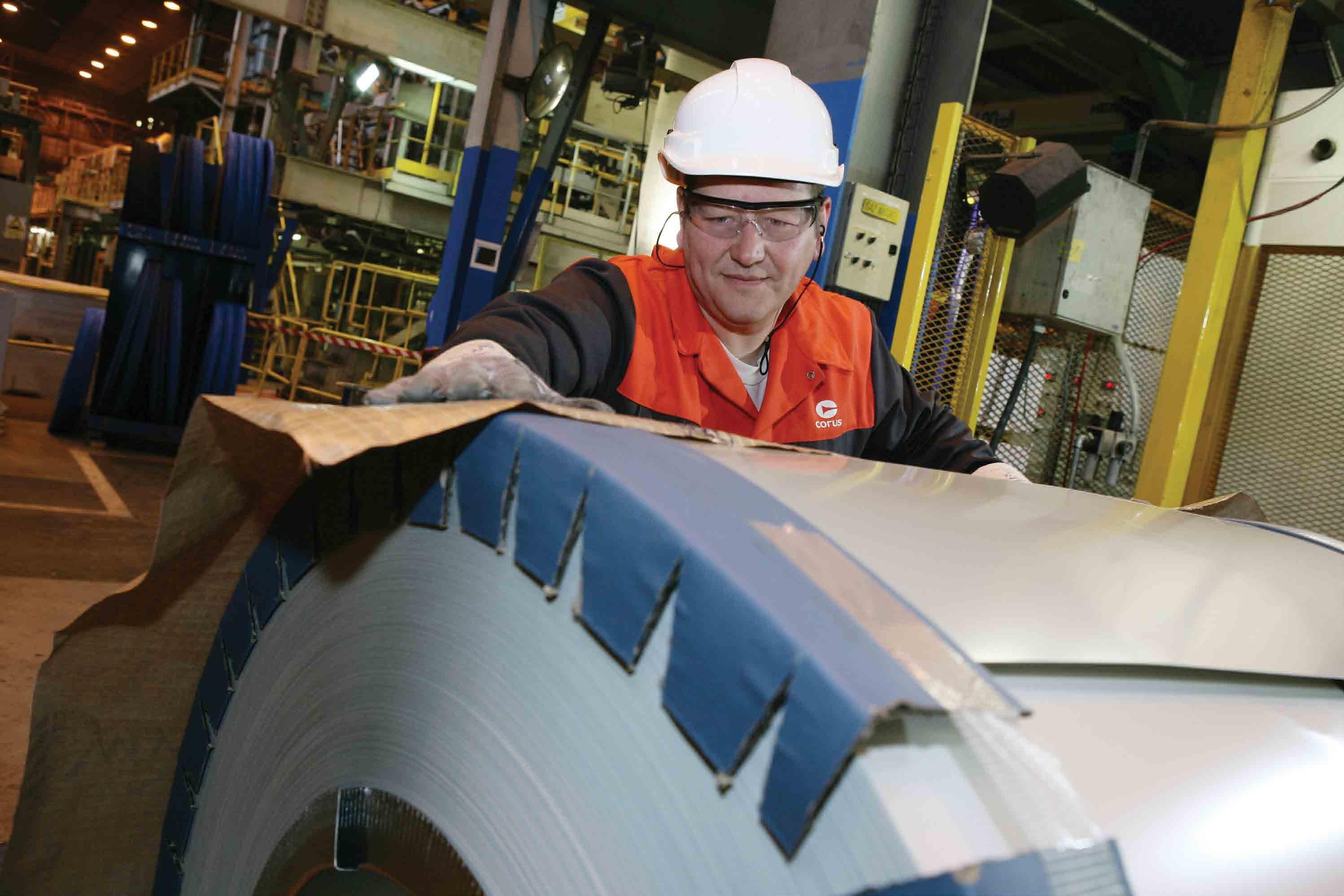CUTTING THE COST OF CAPTURING CO2 A project funded by the European Union and led by SINTEF, the Norwegian research organisation, with ten other European partners aims to demonstrate a cost-effective CO2 capture technology that could herald a new generation of power-generation plants with integrated CO2 capture.
P
ower generation based on fossil fuels is one of the major contributors to global CO2 emissions. Measures have been taken at both national and European levels to reduce CO2 emissions from power stations as we move towards a low-carbon future. The DemoCLOCK project, with a budget of €8.2 million, is based on a special version of a technology called Chemical Looping Combustion (CLC). This new CO2 capture technology is believed to be cost-effective and has already been tested in the laboratory with promising results. “CLC itself is believed to be on the verge of becoming one of the most cost-effective ways of capturing CO2 from power plants. DemoCLOCK aims to demonstrate the technical, economic and environmental feasibility of implementing a packed bed-based chemical looping combustion (CLC) concept in large-scale power plants. This version of CLC is even less complex and more compact than the original CLC concept,” says Dr Shahriar Amini of SINTEF, who is the project coordinator of DemoCLOCK.
Building a test reactor in Spain
All the partners in the DemoCLOCK project will work towards the proof of feasibility: the medium-scale demonstration of a 500kW packed bed CLC reactor in the Elcogas company’s Integrated Gasification Combined Cycle (IGCC) power plant in Puertollano in Spain, the largest IGCC power plant in Europe. SINTEF, Eindhoven University of Technology (TU/e), the Flemish Institute for Technological Research (VITO) and the Energy Research Centre of the Netherlands (ECN) will test the materials to be used in the reactors. Céramiques Techniques et Industrielles (CTI) will undertake large-scale fabrication of 14 Industry Europe
the materials; SINTEF will lead the conceptual design phase and collaborate with TU/e to deliver an optimised reactor performance; Array Industries will take care of the detailed engineering design, construction and integration of the demonstration plant in Puertollano, which will be operated by ECN and Array Industries. In order to ensure that all health, safety and environmental aspects are taken into account in the design, construction and operation of the reactor, the Institute for Ecology of Industrial Areas (IEIA), Verbia Nano Technologies and VITO will perform environmental impact and waste management assessments. The implementation plan will be led by Politecnico di Milano in collaboration with Foster Wheeler Italiana, in order to confirm the technical and economical feasibility of integrating the process into large-scale power generation. The commercialisation phase will be led by Foster Wheeler Italiana, and the entire project will be coordinated by SINTEF.
The original CLC concept
Fossil fuel power generation is based on burning fuel with oxygen from the air, just as we burn wood in a fire. The resulting CO2 is diluted in large amounts of nitrogen left over from the air, which makes it very difficult to economically separate, capture and store. CLC overcomes this problem by never allowing direct contact between the air and the fuel, so that the CO2 does not mix with nitrogen in the first place. Two reactors, an air reactor and a fuel reactor, are used in the CLC process, and an oxygen carrier in the form of metal oxide granules is circulated between them. In the air reactor, oxygen from the air is transferred to the oxygen









































